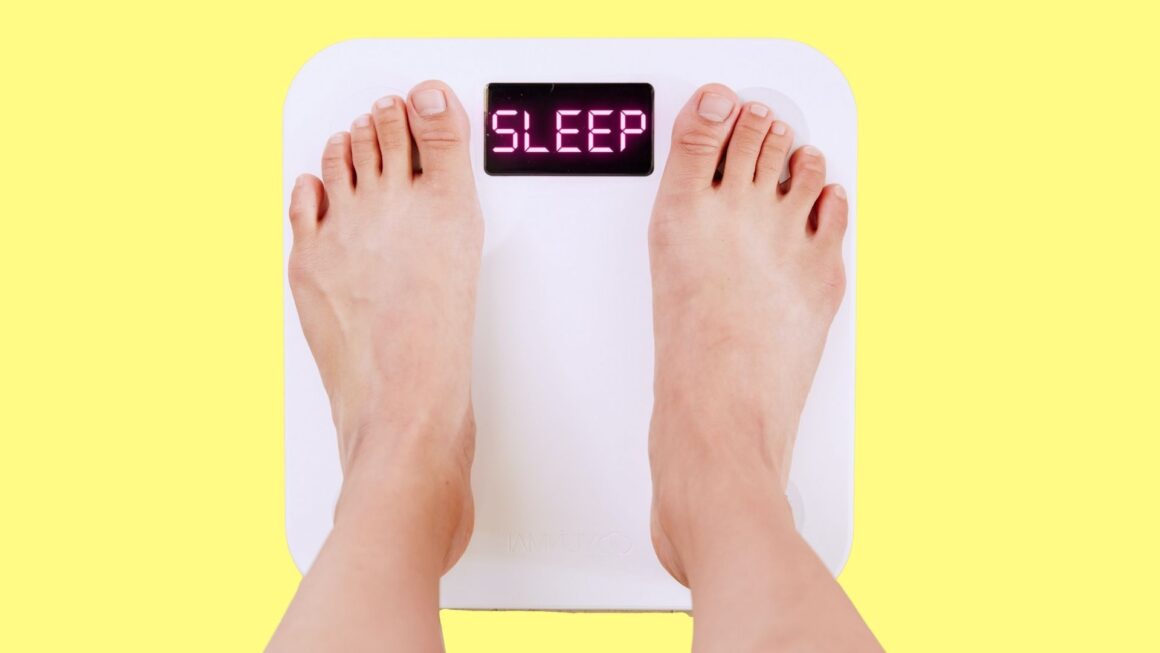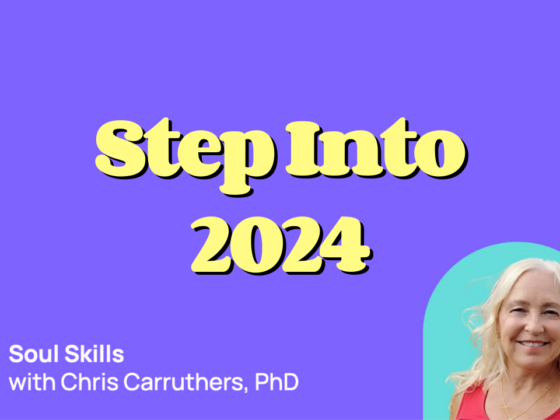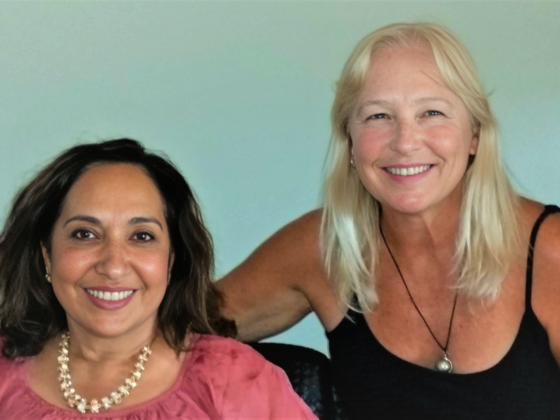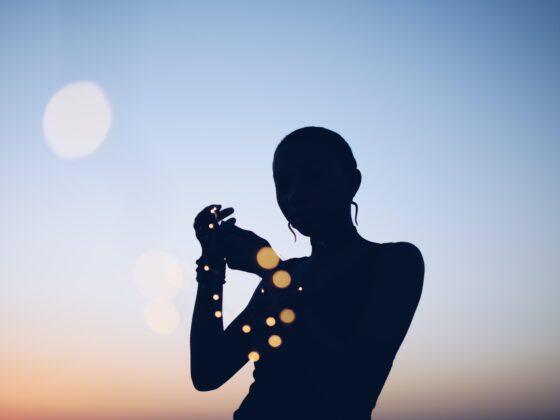Highlights from SLEEP 2015
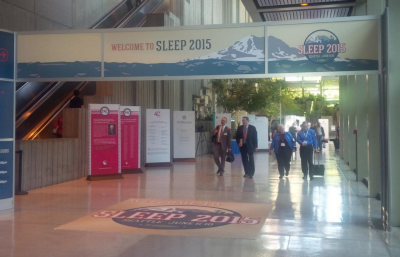
I recently attended the American Academy of Sleep Medicine annual Sleep 2015 conference in Seattle, and was delighted to be among 4,500 delegates advocating for healthy sleep.
With colleagues catching naps between sessions (and even a few extra winks in sessions), rest assured that your sleep health professionals are ‘walking the talk’ when it comes to prioritizing sleep, a primary pillar of health.
Here are three highlights from the meeting, all of which may surprise you.
Your Whole Body KnowsWhat Time It Is
You might already be familiar with the circadian clock of the body that responds to light and dark and dictates your sleep and wake cycles.
There has been a rapid evolution of this field of study as we enlighten ourselves about light!
The master body clock is located in the superchiasmic nucleus of the brain. This core body clock has a central synchronization role that follows the rhythms of the sun and times all the functions of the body, constantly.
All rhythms are aligned over 24 hours. All tissues and cells contain similar clock genes that are expressed at certain times of the day, according to the dictates of the master timer. And also, these little clock mechanisms in your key organs including the heart, lungs, liver, muscle and skin, then provide continual feedback about your metabolism back to the master timer. We are an intricate timepiece.
Our body clocks help us know when to breathe, when to eat, when to digest food, when to perform best, and when to sleep.
Every part of your body knows what time it is thanks to photoreceptors within the tissues and their continual feedback loops.
This field of research, called biochronicity, has implications for unraveling the mechanisms and treatments for disease. Watch for more developments in the near future.
Too Much Evening Light (or Too Little Morning Light) Can Be Hazardous to Your Weight
Your ability to manipulate the amount of light exposure you get, both the timing and the intensity, is a blessing and a curse. It is certainly efficient to have a 24/7 society, but what are the health costs?
More evidence indicates that people who have more bright light in the mornings have healthier weights. And given that morning light suppresses our daily appetite, this might mean that evening light increases appetite.
To maintain a healthy weight, throw your curtains open quickly when you wake up the morning, and dim your computer by 10 PM.
One speaker suggested that we need warnings on light bulbs and computers. It’s that important to maintain a healthy light/dark rhythm. What do you think of that idea?
You Have Probably Fallen Asleep While Driving
One more final note. More shocking evidence is building about the risk of driving while sleepy. Please wake up to the seriousness of this issue.
According to the National Sleep Foundation’s 2005 Sleep In America poll, 37% of adults say they have fallen asleep at while driving!
As brilliant as the human mind is, tests show that unfortunately, people are not good at accurately judging the gravity of their sleepiness.
Tune in to your body as you are driving, and be alert for physical signs.
If you feel your head nodding, you have actually been asleep for a few seconds!
Studies show that even if your eyes are not yet completely closed, eyelid movement can indicate what is happening in the brain. When your head nods, your brain is actually quickly moving into Stage 1 sleep.
Muscle tone is lost and your reaction time is greatly delayed from this exact moment. Be aware that your vehicle is likely drifting and it takes only two seconds for an inadvertent lane change!
You must immediately leave the road when you feel your eyelids drooping. Don’t wait. These little micro-sleeps are extremely dangerous.
There is much more emerging in the burgeoning field of sleep medicine, and I want to keep you updated and informed. Watch for more news in upcoming segments. Until then, sleep well!

